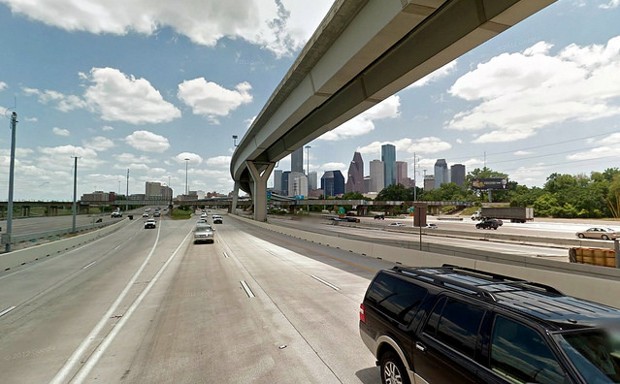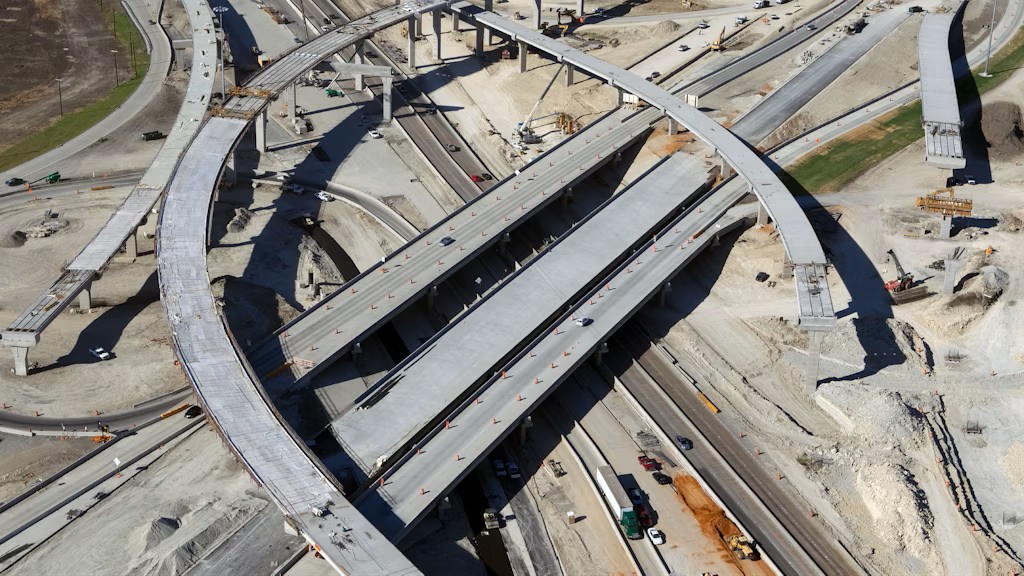Highway expansion projects in the United States have long been seen as a solution to traffic congestion and infrastructure needs. However, despite substantial investments, these projects often fail to deliver the expected benefits.
Factors such as induced demand, environmental concerns, and changing transportation trends contribute to the challenges faced by highway expansion efforts.
This article examines the reasons why America’s highway expansion projects are doomed to fail, highlighting the complexities and unintended consequences that undermine their success.
One of the primary reasons highway expansion projects are likely to fail is the phenomenon of induced demand. Induced demand refers to the increase in traffic volume that occurs when road capacity is expanded.
Essentially, when new lanes are added or highways are widened, they initially reduce congestion and make driving more attractive. However, this increased capacity often encourages more people to drive, ultimately leading to the same or even higher levels of congestion.
Studies have shown that within a few years of expansion, traffic volumes tend to return to or exceed pre-expansion levels, negating the intended benefits of the project. Environmental concerns also play a significant role in the failure of highway expansion projects.
Also Read: North America to Get Mazda’s Most Affordable EV Yet
Expanding highways typically involves significant land use changes, including deforestation, habitat destruction, and increased pollution. These environmental impacts can have long-term consequences for local ecosystems and biodiversity.
Additionally, increased vehicle emissions from higher traffic volumes contribute to air pollution and climate change. As public awareness of environmental issues grows, there is increasing opposition to projects that prioritize road expansion over sustainable and eco-friendly transportation solutions.

The changing world of transportation trends further complicates the effectiveness of highway expansion projects. In recent years, there has been a shift towards alternative modes of transportation, such as public transit, cycling, and walking.
Urban planners and policymakers are increasingly recognizing the importance of investing in multimodal transportation networks that reduce reliance on personal vehicles.
Highway expansion projects, which prioritize car travel, are at odds with these trends and fail to address the growing demand for diverse and sustainable transportation options. As a result, expanded highways may quickly become outdated and underutilized as communities embrace more sustainable forms of mobility.
The financial costs of highway expansion projects are another critical factor contributing to their potential failure. These projects require substantial investments of public funds, often running into billions of dollars.
Given the high costs, there is an opportunity cost associated with prioritizing highway expansion over other critical infrastructure needs, such as public transit systems, road maintenance, and smart transportation technologies.
Moreover, the long-term maintenance and operational costs of expanded highways can strain public budgets, diverting resources from other essential services and projects. Socioeconomic and equity issues also arise from highway expansion projects.
Expanding highways often leads to the displacement of communities, particularly low-income and marginalized populations. The construction process can disrupt local economies, displace residents, and reduce property values.
Additionally, expanded highways can create barriers within communities, reducing accessibility and connectivity for non-motorized forms of transportation. Addressing these equity concerns requires a more holistic approach to transportation planning that prioritizes the needs of all community members.
Also Read: Protecting Yourself from Growing Dealership Scandals When Buying a Car

